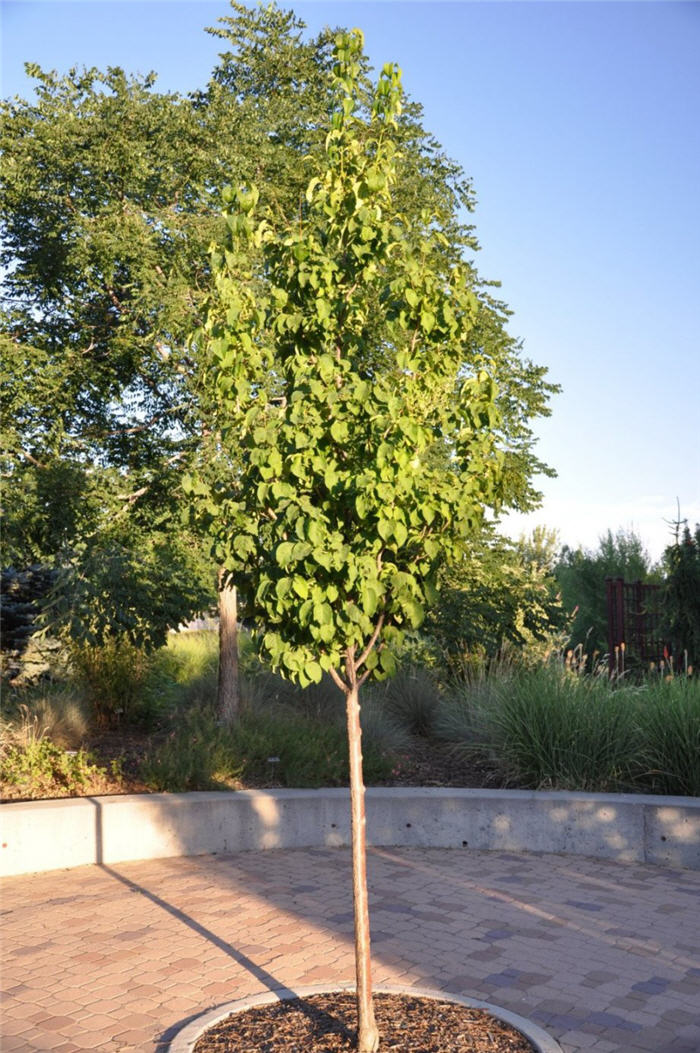| Botanical Name: Syringa reticulata 'Ivory Silk' | |
| Common Name: Ivory Silk Japanese Tree Lilac |

-
Anatomy
-
Culture
-
Design
Plant Type
Tree
Height Range
12-25'
Flower Color
White
Flower Season
Spring
Leaf Color
Dark Green
Bark Color
Brown
Fruit Color
Brown
Fruit Season
Summer, Fall
Sun
Full, Half
Water
Medium, Extra in Summer
Growth Rate
Moderate
Soil Type
Clay, Loam, Rocky
Soil Condition
Average, Rich, Well-drained, Moist, Dry
Soil pH
Neutral, Basic
Adverse Factors
n/a
Design Styles
English Cottage, Formal, Japanese, Ranch, Woodland
Accenting Features
Multi-trunk Tree, Showy Flowers, Silhouette, Specimen
Seasonal Interest
Spring
Location Uses
Background, Shrub Border, Foundation, Patio, Walls / Fences
Special Uses
Hedge, Screen, Small Spaces
Attracts Wildlife
Birds, Butterflies
Information by: Stephanie Duer
Photographer:
Photographer:
-
Description
-
Notes
'Ivory Silk' is a selection of S. reticulata, noted for its large and creamy flower panicles. It is grown as either a large shrub or small tree. In tree form, it typically grows to 20 to 25 feet tall and 15 to 20 feet wide with an oval-rounded crown; as a multi-stemmed shrub, figure on 15 to 20 feet tall and wide. Showy, fragrant, creamy white flowers bloom in upright panicles in early summer (later than most other lilac species). Some gardeners dislike the privet-like smell of the flowers. Flowers give way to loose clusters of brown capsules that persist into winter. Reddish-brown peeling bark is attractive on younger branches, gradually turning gray with age. Sharply tipped, lanceolate to ovate, dark green leaves; no fall color.
Grow in well drained soil and full sun; will tolerate part shade but will bloom less profusely. Prefers loamy soils. As with other lilacs, if pruning is necessary, do so immediately after flowering.